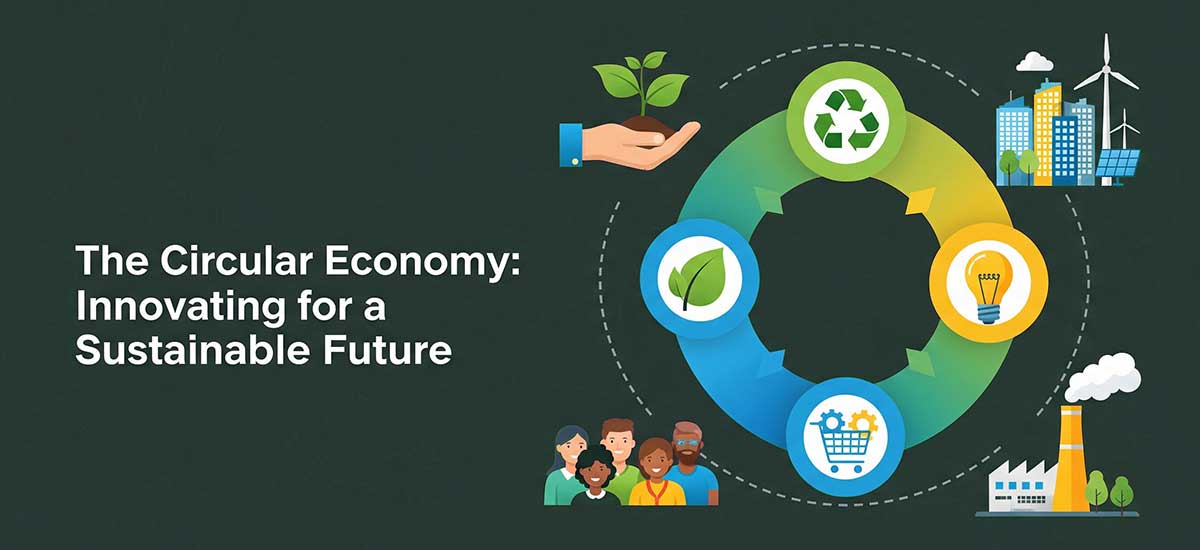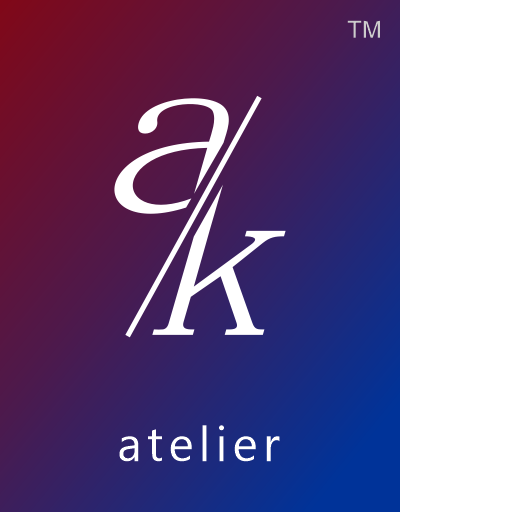
Designing for the Circular Economy: A New Paradigm for Sustainable Innovation
The traditional linear economy—"take, make, dispose"—has long underpinned industrial design and manufacturing models. But in the face of growing environmental degradation, resource scarcity, and consumer demand for responsible business practices, this model is quickly becoming obsolete. Enter the circular economy: a visionary, regenerative alternative designed to decouple growth from resource consumption.
At its heart, the circular economy aims to keep resources in use for as long as possible, extract maximum value while in use, and regenerate materials at the end of their life. This is not just an environmental imperative; it's an economic and design revolution. For designers, product developers, and R&D leaders, this new model opens up a landscape rich with possibility—where creativity meets responsibility and innovation is driven by necessity.
Why Circularity Now?
Climate change, pollution, supply chain instability, and increasing regulatory scrutiny are no longer fringe issues. They are central to corporate risk and opportunity. With global supply chains facing frequent disruption, materials becoming more expensive, and consumers demanding transparency, designing for circularity is not only good ethics—it's good business. Circular design fosters:
- Reduced dependence on virgin resources
- Cost savings from recovered materials
- Enhanced brand loyalty through sustainability commitments
- Future-proofing against regulatory shifts
The Designer's Role: From Aesthetic to Systemic Thinking
Traditionally, designers have focused on aesthetics, usability, and production efficiency. But designing for a circular economy requires systems thinking. It's not just about how a product looks or works—but how it's made, used, repaired, reused, and ultimately, recovered.
- Material selection: Are materials renewable, recyclable, biodegradable?
- Product durability: Will it withstand long-term use and age gracefully?
- Modularity and repairability: Can parts be replaced or upgraded easily?
- End-of-life recovery: Can the product be disassembled and sorted for recycling?
Core Principles of Circular Design
1. Design Out Waste and Pollution
Waste should be treated as a design flaw. Rather than addressing it at the end of the lifecycle, circular design eliminates waste at the source.
- Opt for clean production processes
- Choose materials with minimal environmental impact
- Avoid composites that are hard to recycle
2. Keep Products and Materials in Use
Products should be built to last and to evolve.
- Embrace product-as-a-service models
- Enable repair, refurbishment, and remanufacturing
- Integrate modularity for upgrading over replacement
3. Regenerate Natural Systems
Biological nutrients must return safely to the biosphere.
- Use compostable materials in packaging and short-lifecycle items
- Promote regenerative sourcing (e.g., bamboo, hemp, algae)
- Integrate nature-positive features into the product's function and supply chain
The Strategic Impact for R&D Leaders
Material Innovation
Biodegradable polymers, recycled composites, and bio-based alternatives allow for function without footprint. R&D can explore closed-loop supply chains or invest in in-house material recovery systems.
Lifecycle Engineering
Rather than optimizing only for performance, R&D can now optimize for total lifecycle value. Tools like Life Cycle Assessment (LCA) help quantify environmental impact from cradle to cradle.
Business Model Rethink
Circularity opens doors to new revenue streams:
- Subscription and leasing models
- Buy-back and refurbishment schemes
- Product-as-a-service platforms
Case-In-Point: Circular Thinking at Air/Kraft Atelier
At Air/Kraft Atelier, we work with clients to embed circularity from the first sketch to final prototype. Our methodology bridges design and science to enable:
- Material audits and circular sourcing
- Modular design architecture
- Lifecycle mapping and value recovery loops
- Emotional durability for long-lasting customer bonds
Challenges to Overcome
- Lack of recycling infrastructure
- Cost and availability of sustainable materials
- Resistance to change in legacy systems
- Complexities in tracking materials across supply chains
Action Steps for Teams
- Conduct a product audit: Where is waste generated? Where is value lost?
- Engage your supply chain: Circularity is a team sport.
- Prototype modularity: Can your product be updated without being replaced?
- Start small: Choose one product line to pilot a circular strategy.
- Educate and collaborate: Bring sustainability champions into the design room.
Conclusion: Design That Sustains
Designers and R&D leaders today are not just shaping products—they are shaping the future. The transition to a circular economy requires courage, creativity, and collaboration. But those who lead this shift will be rewarded with more than just compliance. They will earn trust, unlock innovation, and position themselves as true stewards of progress.
At Air/Kraft Atelier, we see circular design as the next frontier of good design. Because in the end, design is not just about what we create—it's about what we leave behind.
Ready to explore how circular design can elevate your product strategy? Partner with Air/Kraft Atelier to design for sustainability, resilience, and relevance.

